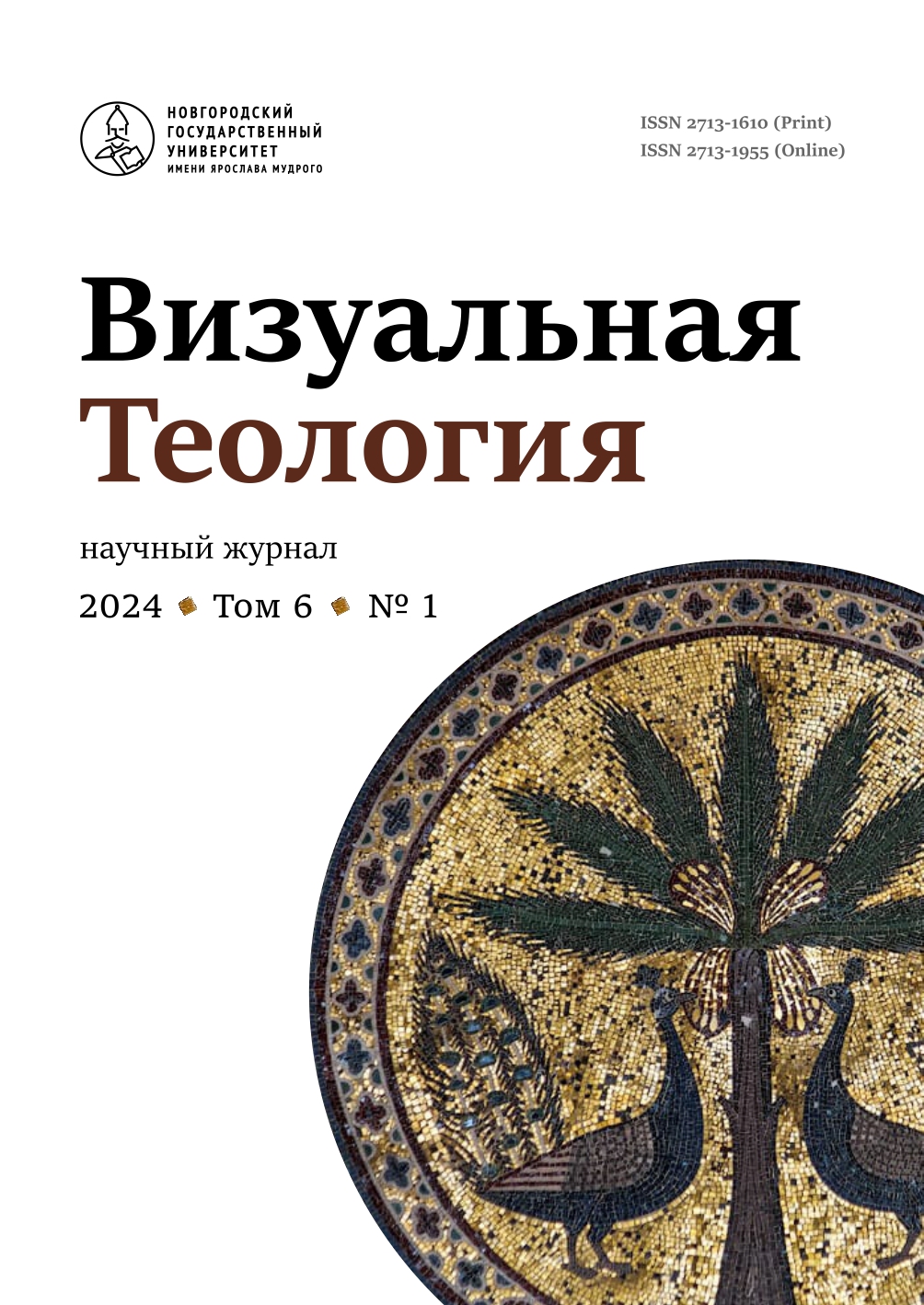Religious Ideas and Medieval Legal Proceedings. A Few Remarks on the Iconographic Turn in the History of Law
Abstract
The article explores legal medieval iconography in its inextricable connection with the religious ideas of the time and ecclesiastical settings reflected in the canon law, theology, and hagiography. The first steps in this direction were taken only in the beginning of the 21st century, even though the iconic turn in historical research has been discussed for decades. Nevertheless, recent publications on legal medieval iconography still come from the pen of art historians, philologists, or literary critics, but not legal historians. As a result, the analysis of the content of these images is often replaced by mere descriptions. The author offers quite a different approach. Instead of studying miniatures and marginalia only as illustrations to the text to which they are formally attached, she attempts to relate the content of these images with medieval religious ideas. Such a turn of study necessitates references to ecclesiastical texts, and in each individual case, as the author accentuates, it requires a distinctly specific source. Thus, the analysis of the miniature from the “Coutumes de Toulouse” (end of the 13th c.) requires the reference to the Decretum of Gratian and the Liber sextus of Boniface VIII, according to which the artist interpreted the degradation of clerics. The marginalia from the “Coutumes de Bordeaux” (1438), which illustrates the death sentence imposed on thieves, recalls the doctrine of atonement developed by Anselm of Canterbury. The image of the Virgin Mary in the scene of fox Renard’s hanging from the Smithfield decretals (second half of the 14th c.) refers to the ideas of the parasudic procedure liberatus a suspendio, repeatedly described in Marian hagiography. The treatise of French theologian Jean Gerson “Requête pour les condamnés à mort” (end of the 14th c.) should be considered as a starting point for changing the iconography of the death penalty in the next century. In general, as the author concludes, the comparison of medieval legal images with the works of canonists, theologians and hagiographic writings allows not only to understand the deeper meaning inherent in miniatures, but also to clarify the dating of manuscripts, the principles of the artists’ work and their relations with clients.



